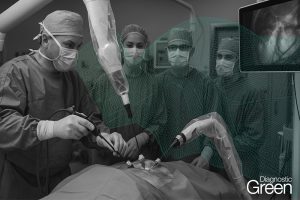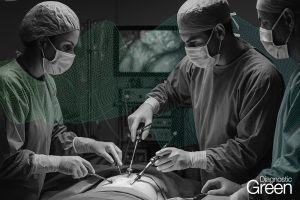The indocyanine green(ICG)fluorescence navigation that we have standardized for laparoscopic liver resection is useful for partial liver resection and anatomical liver resection for liver cancer, and extended cholecystectomy for gallbladder cancer. In partial liver resection we believe that it is possible to secure a resection margin by not exposing the fluorescence emission around the tumor. In anatomical liver resection, real-time navigation becomes possible by transecting the liver at the boundary between colored and non-colored area, which contributes to precise liver surgery. In extended cholecystectomy, it is difficult to inject ICG from the cystic artery which was performed in open liver resection.
So, we encircled Calot’s triangle using the Glissonean approach from the ventral side of the gallbladder plate and then taped the hilar Glissonean pedicles. After clamping this tape, ICG was injected into the vein. By using this method, laparoscopic surgery has become possible in the same way as open surgery. With further spread in the future, it is hoped that liver resection using ICG fluorescence navigation will not only be precise, but also safe and highly curative surgery.




